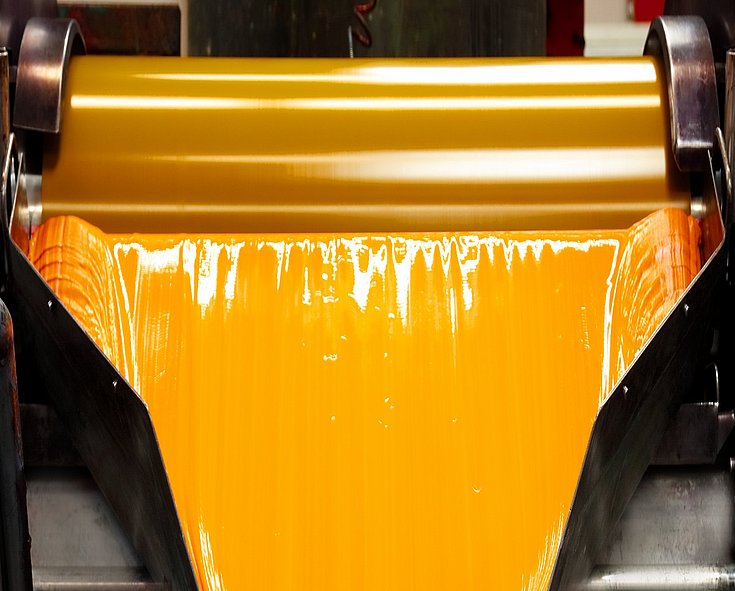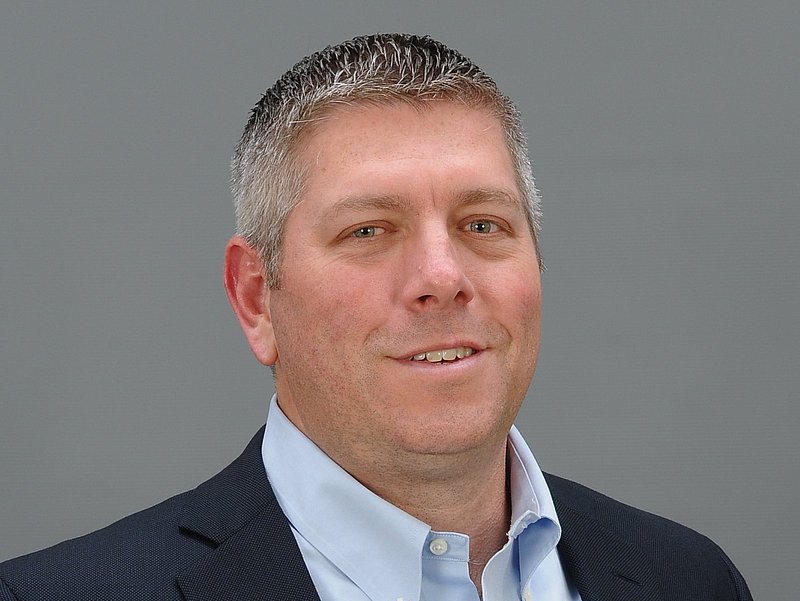
Colors are passion, emotions and personality. At Siegwerk, inks and coatings are our specialty and we use color to bring the packaging and products of our customers to life.

Q: What have you done before Siegwerk?
A: I have a B.S. in Chemistry from the University of Illinois and a M.B.A. from the Kellogg School of Management at Northwestern University. My career in the specialty chemical industry actually began in the laboratory of Sherwin-Williams, one of the industry leaders in the development of technologically advanced paint and coatings in the US, where I was interning in the Chemical Coatings group during my undergraduate studies. Prior to coming to Siegwerk, I worked in various capacities for Sun Chemical and Rohm & Haas Automotive Coatings covering different functional areas like technical services, manufacturing operations, and sales. I led and managed teams in all of these areas. Most recently, I was responsible for the US Packaging Team within the North American Inks Division at Sun Chemical, which also included Sales & Field Operations. The team supported every market related to packaging applications, including Flexible Packaging, Paper & Board, Sheetfed, and Narrow Web.
Q: How did you get to Siegwerk?
A: At the time Siegwerk came up with the Flexible Packaging BU Head opportunity, I was ready to take the next step into general management because I felt that all of my past experience was leading to that role as the next logical progression. Not to mention that with leadership philosophy and application being a strong interest of mine, the opportunity to lead a business was exciting. The key was finding a good fit with certain organizational attributes and circumstances being critical to the selection process. Most importantly I wanted to work with a strong team, a progressive & pragmatic organization, and a level of autonomy that matched the responsibility of the assignment. Team chemistry was also very important. After several conversations and a handful of visits to Des Moines, I was convinced that Siegwerk was the right place for me. It’s been a pleasure working with the leadership team and I am excited about the future for both CUSA and Siegwerk worldwide.
Q: What are your key responsibilities now?
A: At Siegwerk, I lead the Flexible Packaging Business Unit for the CUSA region. In this role, I am responsible for all aspects of our flexible packaging business in the United States and Canada, including Sales, Technology, and Supply Chain. On some occasions I act as the face to the customer, leveraging both existing and new relationships to ensure growth on the top line. On other occasions I act as the strategic planner and problem solver for the supply side of the business to not only ensure consistent service level and support of the customer, but to also unlock capacity, remove inefficiencies, and optimize the supply chain to improve our cost base. Ultimately, I am responsible for the bottom-line performance of the business unit and my key goal is to keep the business profitable and healthy. My personal focus is around building and managing a high performing team using a people first and customer centric approach. It is about getting the right people on the team and putting them in the best possible position to succeed, so it really all comes down to talent and performance management.
Q: What do you want to achieve with Siegwerk?
A: In the near term, our goal is to help the greater global organization achieve its financial aspirations for 2019. This includes top and bottom-line performance, and everything in between. For example, there have been a number of recent investments in the CUSA FP supply chain, including the new 45,000 square foot warehouse in Des Moines, and we are in the midst of re-developing plans that best utilize our new investments in order to maximize their returns. I’m excited to see our plans further develop and begin to unfold in the coming months and years. That said, this is not our only focus today. Every decision we make also has an eye toward the future. Each decision can be strategic, whether it is a personnel decision, an organizational decision, a customer relationship decision, or even an asset utilization decision. They all need to be treated with equal importance and relevance. We are striving to be the best at what we do. Being the best can be defined in many ways. Certainly, we want to offer the best technology, the highest quality product, and leading in class service levels. Our reputation is already strong, but we aim to strengthen it.
Q: What developments can be expected in near as well as further future?
A: I think this is the question that everyone is trying to answer at this point. Of course, the topic of circular economy is at the forefront of every conversation. Plastics have seen an overwhelming level of social scrutiny in recent months and years with the images of floating trash islands etched into the minds of anyone connected to both television and the internet. This social movement will help shape the future of packaging. Along the way, the benefits of the current approach related to shelf life and spoilage cannot be forgotten. I take every opportunity that I can to ask our customers where they are going with respect to the circular economy. The responses generally include anticipated topics such as sustainability, recyclability, and compostable materials to just name a few. Some customers are already investing in converting from film to paper applications, rigid plastics (reusable containers), mono-film applications for recyclability, compostable packaging, et al. Literally, every potential solution is under consideration today. That said, no matter what direction the market takes as it evolves to meet the growing support for the circular economy, there will always be a need for product identification and packaging functionality. These needs are fundamental, and we will continue to be a provider of solutions in this space. As for the near term, I anticipate some of the more recent trends to continue in flexible packaging. These include a shift in long run commodity type applications to ECG (6 or 7-color process printing), some movement to transparent “window” packaging and to simplified black & white designs.